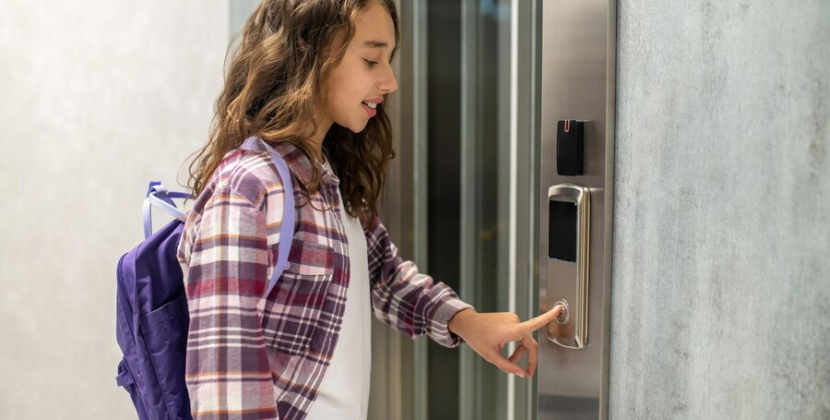Timing is the heartbeat of animation, dictating the pace, rhythm, and emotion of a scene. In the realm of 2D animation, mastering timing is akin to mastering the brushstrokes of a painting or the notes of a musical composition. It’s a delicate balance of anticipation, action, and reaction, brought to life frame by frame. In this blog, we’ll delve into the intricacies of timing in 2D animation, exploring its importance, techniques, and how it contributes to creating compelling storytelling.
Understanding Timing in Animation:
Timing in 2D animation refers to the duration of actions and movements within a sequence. It’s not just about how fast or slow something moves, but also about when it moves and how long it holds before transitioning to the next action. Good timing is essential for creating believability, emphasizing weight, and conveying emotions effectively in 2D animation services.
The Principles of Timing:
Several principles guide animators in mastering timing effectively:
- Anticipation: Anticipation prepares the audience for an action, making it feel natural and inevitable. It’s the wind-up before the pitch, the subtle lean before a leap. Without anticipation, movements can feel sudden or disconnected from the narrative flow.
- Follow-through and Overlapping Action: Follow-through involves the continuation of motion after the main action has occurred. It adds realism and weight to movements, preventing them from feeling abrupt. Overlapping action refers to different parts of a character or object moving at varying rates, adding complexity and fluidity to animation.
- Squash and Stretch: This principle helps convey the elasticity and flexibility of objects. By exaggerating the squash and stretch of characters and objects during movement, animators can enhance the sense of impact and momentum.
- Arcs: Most natural movements follow arced paths rather than straight lines. Incorporating arcs into animation adds fluidity and realism, making movements more visually appealing.
- Timing Charts: Timing charts or graphs are used to plan out the timing of actions in a scene. They help ensure consistency and coherence in pacing throughout the animation.
Techniques for Perfecting Timing:
Achieving perfect timing in 2D animation requires both technical skill and artistic intuition. Here are some techniques to hone your timing:
- Storyboarding: A well-executed storyboard serves as the blueprint for timing in animation. It allows animators to visualize the sequence of actions and make adjustments before diving into the animation process.
- Reference Videos: Observing real-life reference videos can provide valuable insights into the timing of movements. Whether it’s a person walking, a ball bouncing, or a bird taking flight, studying real-world motion can inform and inspire animation timing.
- Blocking: Blocking involves roughing out the key poses and timing of a scene before adding detail. It allows animators to focus on the overall timing and pacing without getting bogged down by intricate movements.
- Iterative Process: Animation is an iterative process, and timing often requires refinement through multiple passes. Don’t be afraid to experiment with different timings and solicit feedback from peers or mentors to fine-tune your animation.
- Observation and Analysis: Pay close attention to the timing in animations you admire. Analyze how timing contributes to the overall impact of the scene and try to incorporate similar techniques into your own work.
The Importance of Timing in Storytelling:
Timing is a powerful storytelling tool in animation, influencing the audience’s emotional engagement and comprehension of the narrative. Whether it’s a comedic beat, a dramatic pause, or a suspenseful buildup, timing can elevate a scene from good to unforgettable.
- Emotional Impact: Well-timed animations can evoke a wide range of emotions, from laughter to tears. By manipulating timing, animators can control the audience’s emotional journey throughout a story, intensifying moments of joy, sorrow, fear, or excitement.
- Character Development: The timing of a character’s movements can reveal nuances of personality and psychology. A confident stride, a hesitant glance, or a frantic scramble can speak volumes about a character’s traits and motivations.
- Pacing and Atmosphere: Timing plays a crucial role in establishing the pacing and atmosphere of a scene or sequence. Whether it’s a fast-paced action sequence or a slow, contemplative moment, timing sets the rhythm and tone for the audience’s experience.
Conclusion:
Mastering timing in 2D animation is a journey that requires patience, practice, and keen observation. By understanding the principles of timing, employing effective techniques, and recognizing its importance in storytelling, animators can breathe life into their creations, captivating audiences and leaving a lasting impression. So, embrace the rhythm of animation, and let timing be your guiding force in the pursuit of cinematic excellence.


















Comments
Best-Selling & Trendy Watches for Kids You Must Buy This Season